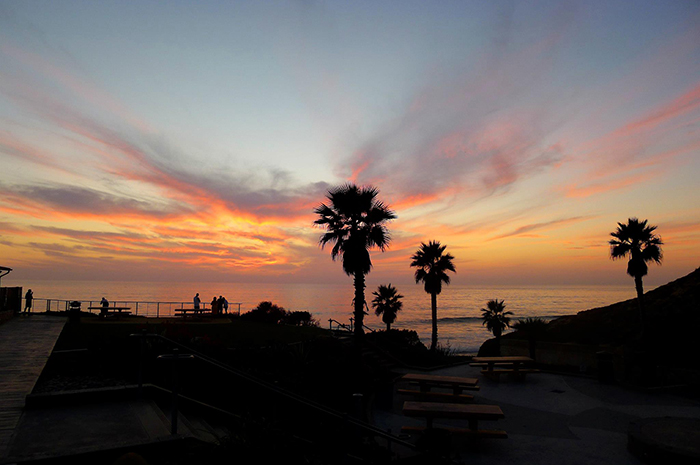Team:TPHS SanDiego
From 2013hs.igem.org
| Line 71: | Line 71: | ||
<div class="row"> | <div class="row"> | ||
| - | <div class="col3-2"style="background-color:#101a4d;"><a href="https://static.igem.org/mediawiki/2013hs/8/86/Fluob4.png"> <img src="https://static.igem.org/mediawiki/ | + | <div class="col3-2"style="background-color:#101a4d;"><a href="https://static.igem.org/mediawiki/2013hs/8/86/Fluob4.png"> <img src="https://static.igem.org/mediawiki/2013hs/8/86/Fluob4.png" |
onmouseover="this.src='https://static.igem.org/mediawiki/2013hs/f/f5/Fluoafter.png'" | onmouseover="this.src='https://static.igem.org/mediawiki/2013hs/f/f5/Fluoafter.png'" | ||
onmouseout="this.src='https://static.igem.org/mediawiki/2013hs/8/86/Fluob4.png'" width="230"></a> | onmouseout="this.src='https://static.igem.org/mediawiki/2013hs/8/86/Fluob4.png'" width="230"></a> | ||
Revision as of 21:42, 19 June 2013


In an effort to expand the toolkit available to synthetic biologists, we've taken a system natively responsible for transcriptional activation and modified it to control transcriptional repression. The LasR system from Pseudomonas Aeruginosa requires the presence of a small molecule, C12-3-oxo-AHL, to induce activation of the Plas promoter. By modifying the -10 and -35 sites of the promoter, as well as shifting the location of the LasR binding sites, the new Plas promoter (Plas*) was changed from an inducible to a repressible promoter. Through adding this second functionality, the Plas* promoter could be used in conjunction with a wildtype Plas promoter to control two separate genes whose expression levels are always out of sync. Furthermore, if the bacteria are transfected with a plasmid encoding LasI, the bacteria will be able to turn off gene expression at a critical population density, instead of only being able to turn on gene expression.

Proteins discovered in Jellyfish that have the ability to emit fluorescence through the excitation of Fluorophores.

The Torrey Pines High School iGEM team would like to thank New England Biolabs, the UCSD Biodynamics Labratory, and Mr. Brinn Belyea.



 "
"









